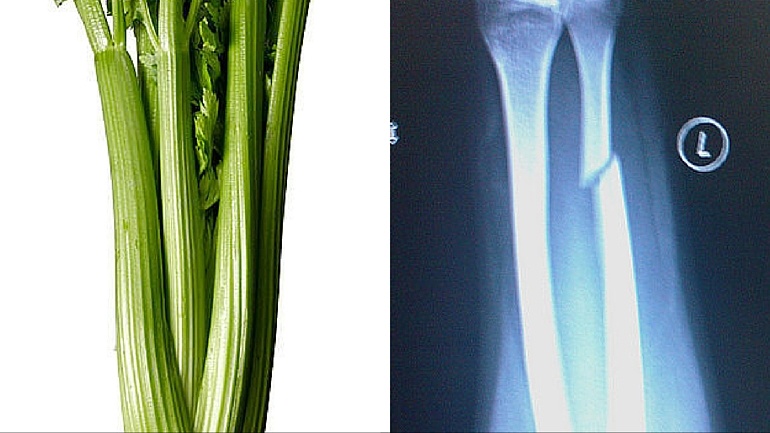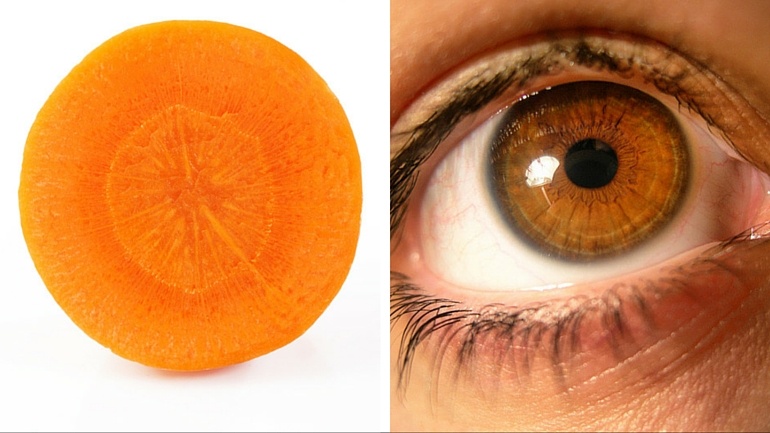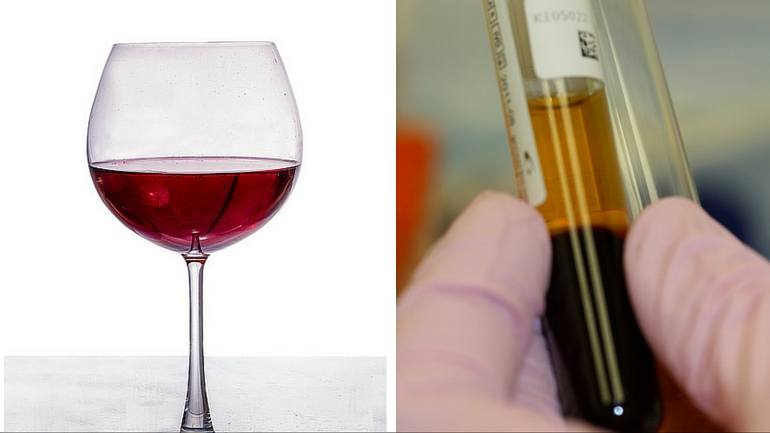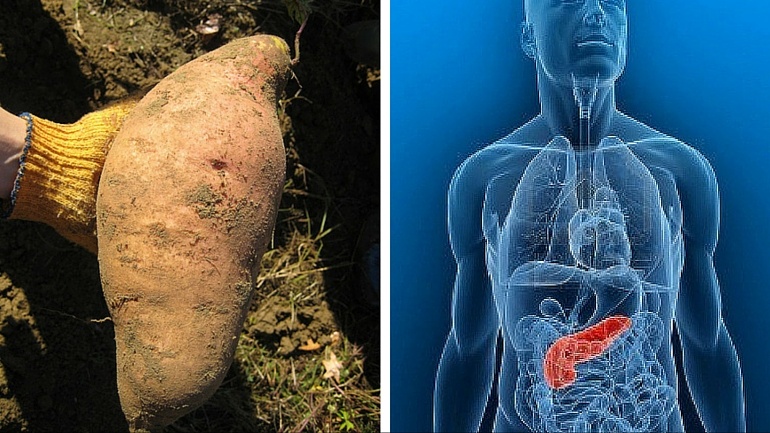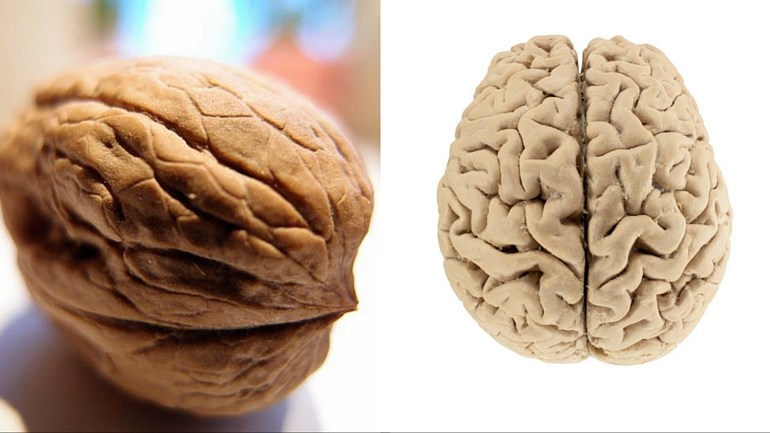Celery and bones
Long lean stalks of celery look very much like bones, as depicted in this image. Celery contains sodium which helps to increase bone strength. Bones contain 23% of sodium. Eating lots of celery can help replace the skeletal needs of the body.
Carrots and eyes
A sliced carrot closely resembles the human eye. The orange color of the carrot is derived from the plant chemical beta-carotene, which helps reduce the risk of developing cataracts and is also known to prevent macular degeneration. Macular degeneration is common among older people and is the leading cause of vision loss among individuals 65 years and over.
Red wine and blood
Red wine is rich in antioxidants and polyphenols, as well as resveratrol and quite frankly really looks like blood. Red wine also contains a blood-thinning compound which reduces blood clots.
Sweet potato and the pancreas
Sweet potatoes look very much like the pancreas and helps to promote the healthy functioning of the organ. Sweet potatoes are high in beta-carotene, which protects the tissues in the body–including the pancreas–from damage that can arise from cancer or aging.
Walnuts and the brain
It is amazing how closely the walnut resembles the human brain, right down to the folds, wrinkles, and shape. Walnuts contain a high amount of omega-3 fatty acids which support healthy brain function. These nuts are also rich in Vitamin E, an antioxidant known to lower the risk of Alzheimer’s. Featured photo credit: Kieran Wynne via flickr.com
